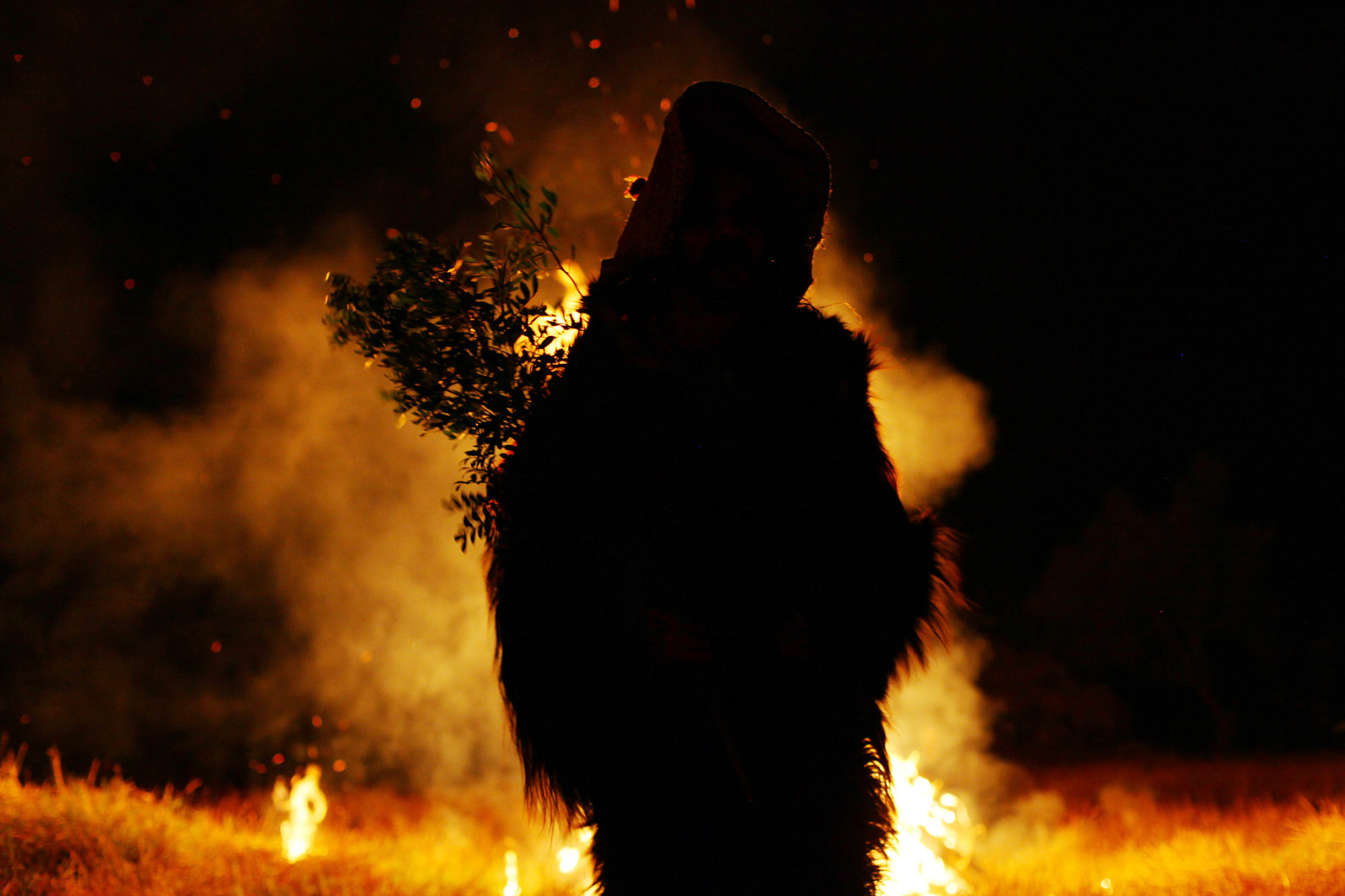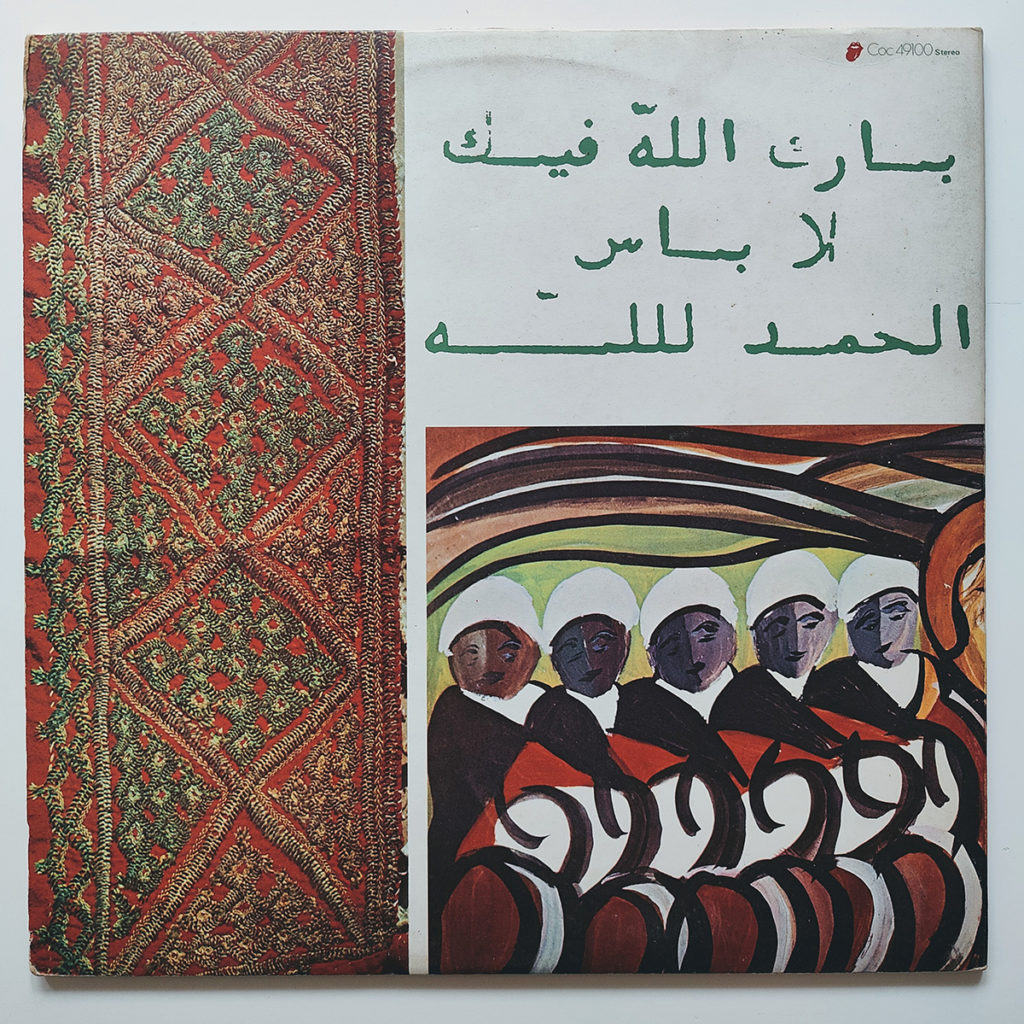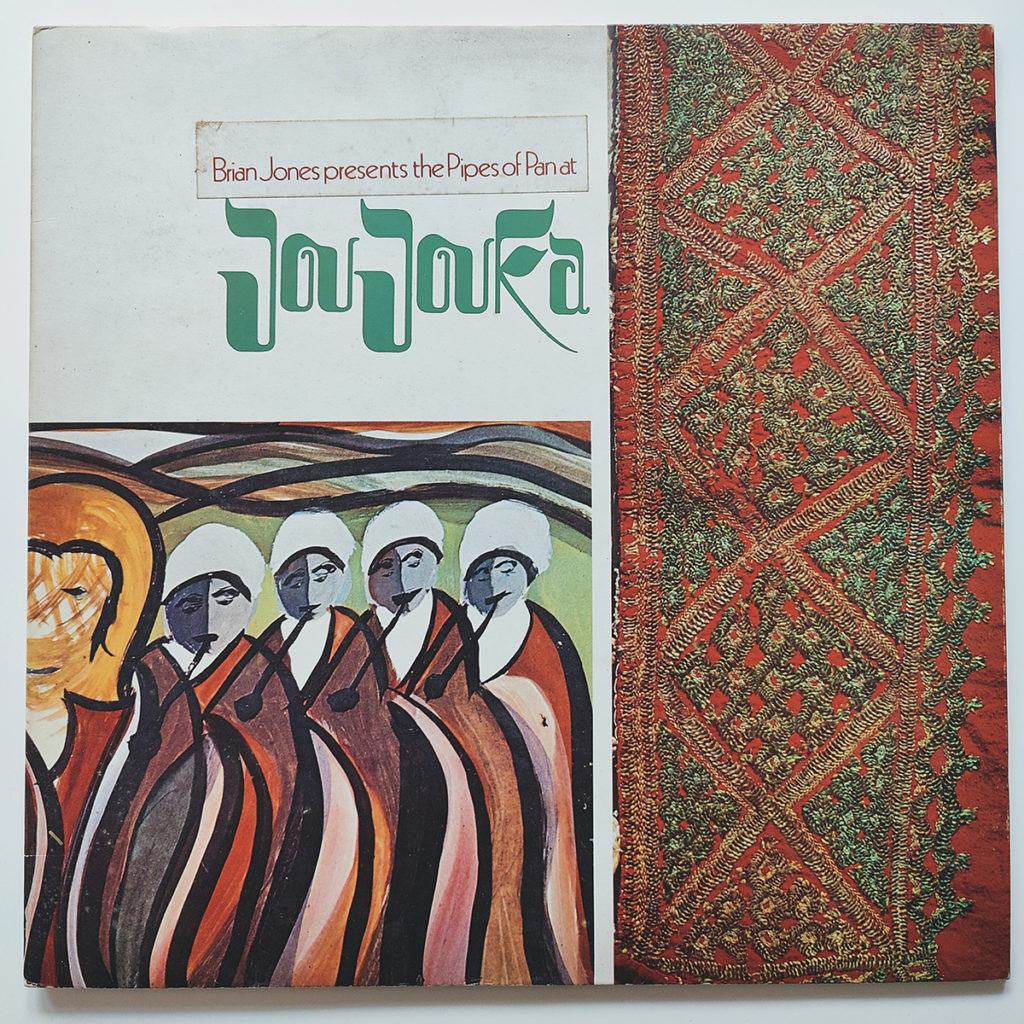The original LP, and first available recordings of the Master Musicians of Joujouka, was the first release on Rolling Stones Records on 8th October 1971.
Recordings of the Master Musicians of Joujouka by The Rolling Stones guitarist Brian Jones were released 50 years ago on this day, 8th October 1971 as Brian Jones Presents The Pipes Of Pan At Joujouka.
The album was the first release on The Rolling Stones’ own label – Rolling Stones Records.
Original copies were mis-titled Brian Jones Plays With The Pipes Of Pan At Joujouka, though later copies of the album were presented with a sticker over the incorrect labelling.
In addition to being the first available recordings of the Master Musicians of Joujouka, the album has since come to be recognised as the first “world music” or global sounds album commercially released.
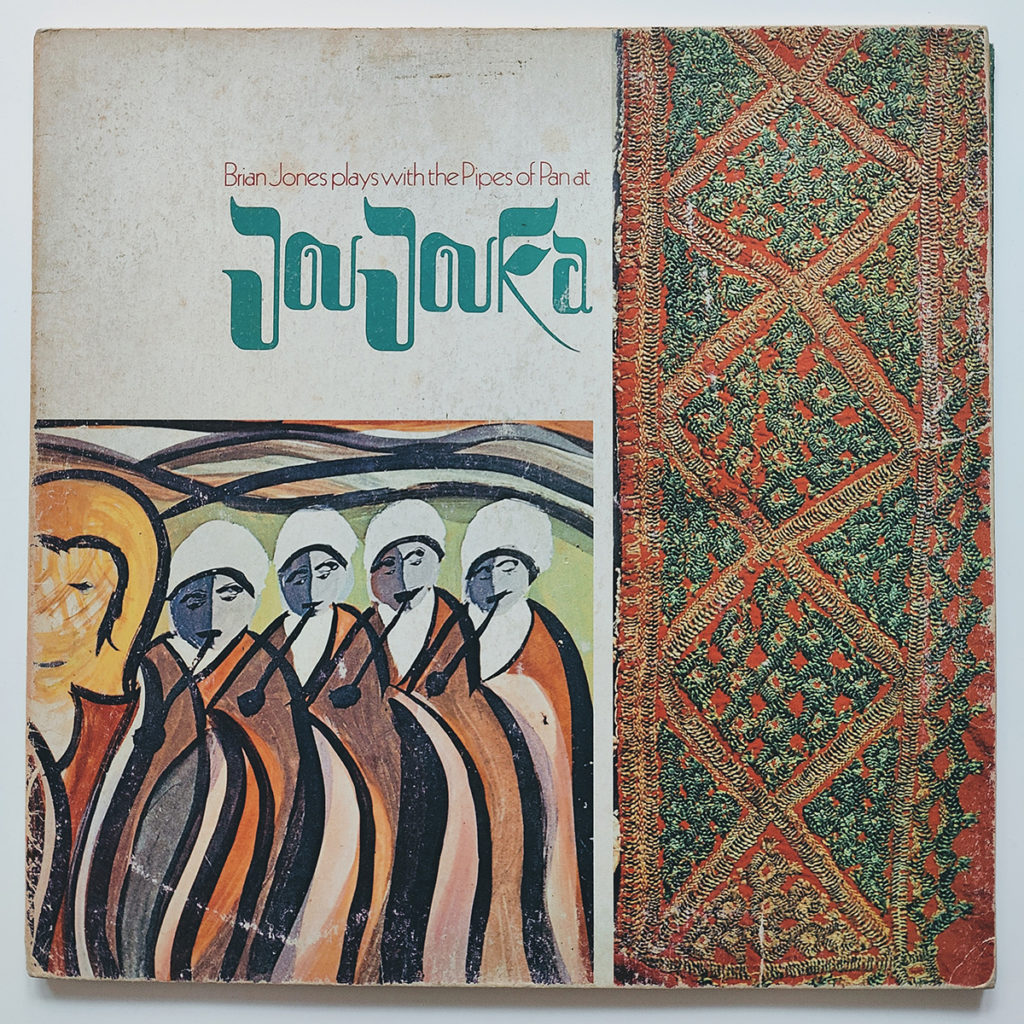
Jones visited Joujouka on 2nd August 1968 during a visit to Morocco and was accompanied by Mohamed Hamri, the artist from Joujouka and Painter of Morocco, artist Brion Gysin, Jones’ girlfriend Suki Potier and Olympic Studios recording engineer George Chkiantz.
The recordings he made in the village using a portable Uher two-track tape recorder were mixed on his return to London, and the album was released posthumously after his death in 1969.
On release the album was beautifully packaged as a gatefold-LP set, with cover artwork featuring a painting of Jones placed in the centre of a group of Master Musicians by Mohamed Hamri. Album liner notes were written by Jones and Brion Gysin.
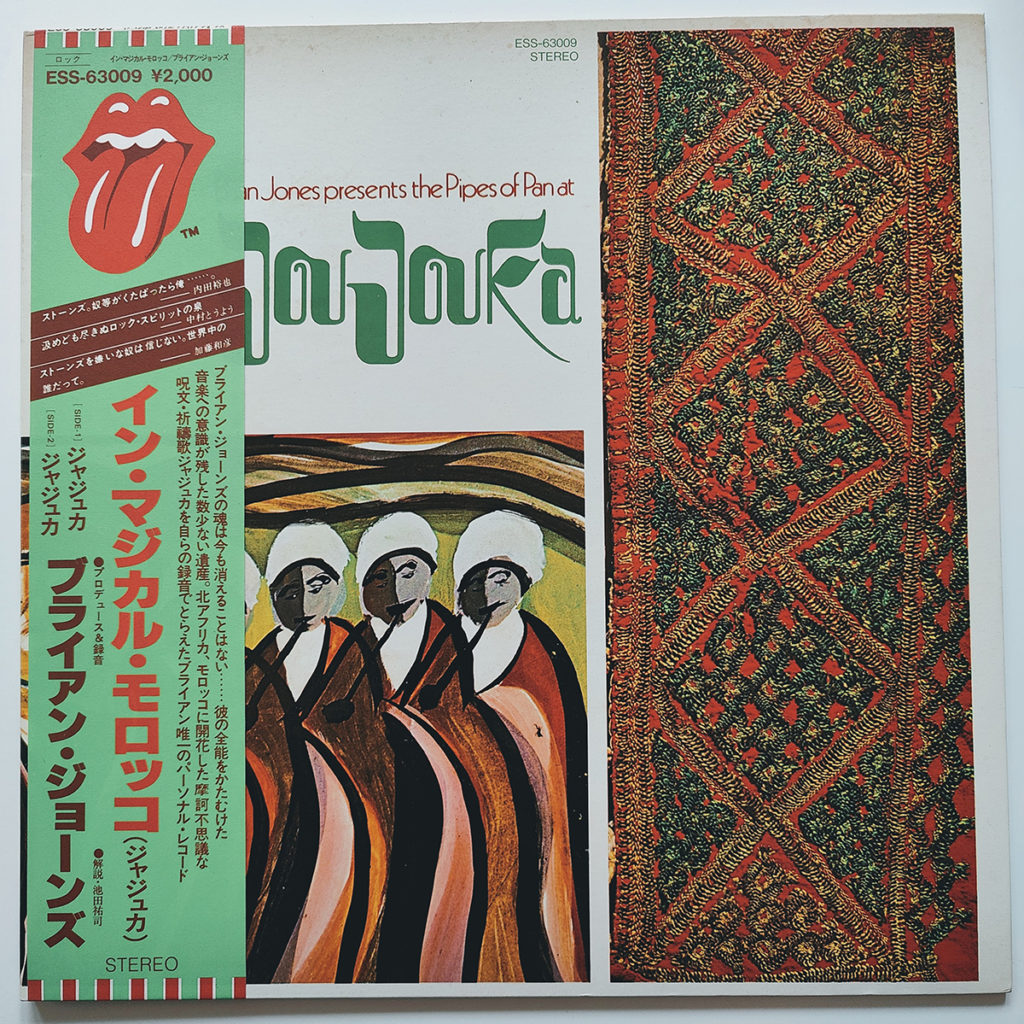
Gysin wrote: “Magic calls itself The Other Method for controlling matter and knowing space. In Morocco, magic is practised more assiduously than hygiene though, indeed, ecstatic dancing to music of the brotherhoods may be called a form of psychic hygiene. You know your own music when you hear it one day. You fall into line and dance until you pay the piper. My own music turned out to be the wild flutes of the hill tribe, Ahl Serif whom I met through the Moroccan painter, Hamri.”
Gysin made the connection between the music and ritual performance of the Master Musicians in comparison with the Roman Lupercalia, with goat-skin clad dancer Boujeloud likened to performing the Rites of Pan.
He said: “Pan, Bou Jeloud, the Father of the Skins, dances through eight moonlit nights in his hill village, Joujouka, to the wailing of his hundred Master Musicians.”
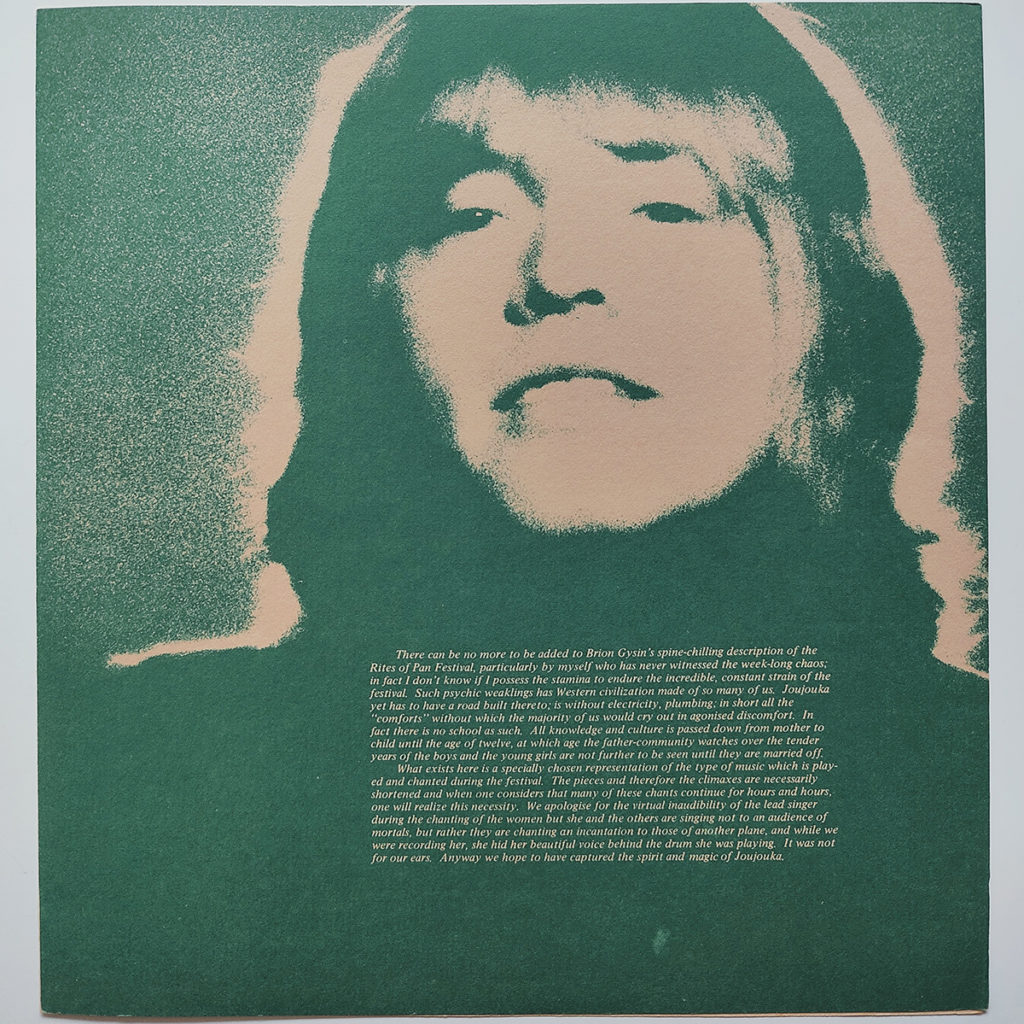
Of this week-long festival experience, Jones said: “I don’t know if I possess the stamina to endure the incredible, constant strain of the festival. Such psychic weaklings has Western civilization made of so many of us.”
Jones edited and mixed his tapes with a range of studio effects, making them sound almost unrecognisable, and quite unlike any recordings of the Master Musicians since.
Speaking of the recordings found on the LP, Jones said: “What exists here is a specially chosen representation of the type of music which is played and chanted during the festival. The pieces and therefore the climaxes are necessarily shortened and when one considers that many of these chants continue for hours and hours, one will realize this necessity.
“Anyway we hope to have captured the spirit and magic of Joujouka.”
In a recent interview published in Ugly Things for a feature on the album, Master Musicians of Joujouka manager Frank Rynne suggested Jones may have employed a cut-up editing technique, as used by Brion Gysin and William S. Burroughs, in his mix of the recordings from Joujouka.
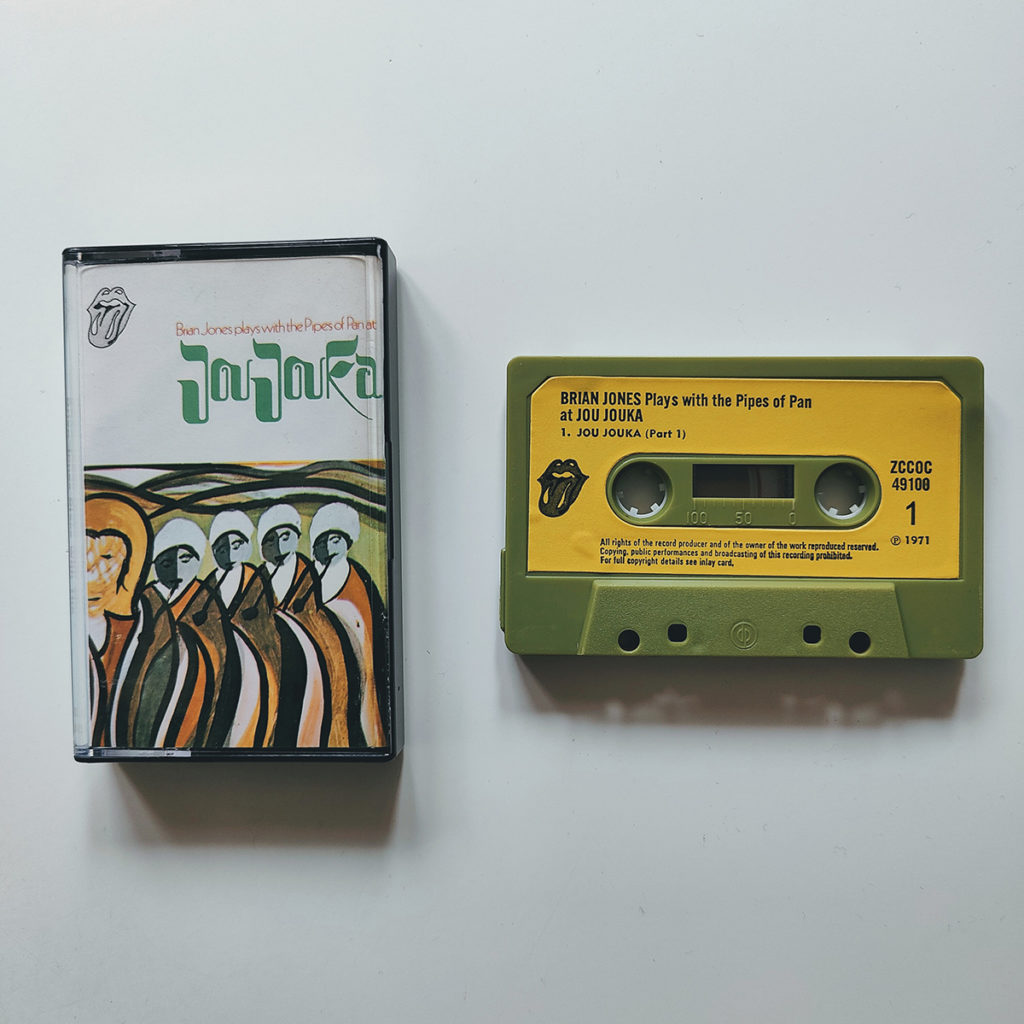
Rynne said: “No one’s ever spotted the fact that Brian took two sometimes three songs and layered them. People writing about the album have missed it because they have no clue what Joujouka music is. Listen to the women singing with flute and drum underneath them, that’s two songs playing at the same time. That’s why Brian deserves to have his name on the cover. He was making a cut-up of the music to recreate what he felt there.”
It is perhaps fitting then, that the first person to hear the recordings was Burroughs, when Jones returned to Tangier with the tapes.
The music presented on Brian Jones Presents The Pipes Of Pan At Joujouka is still played by the current group of Master Musicians Of Joujouka playing in the village to this day, for example, versions of some of the tracks can be heard on the recently released Live in Paris LP on Unlistenable Records. Many of the current group had fathers and relatives involved on the record. Group leader Ahmed El Attar was aged 10 when Jones visited Joujouka and played the role of a dancer at the time of the recordings.

Since 2008 an annual festival has been held in Joujouka in memory of the visit of Brian Jones. The last festival before the Covid-19 pandemic was A Requiem for Brian Jones in 2019.
Read more
